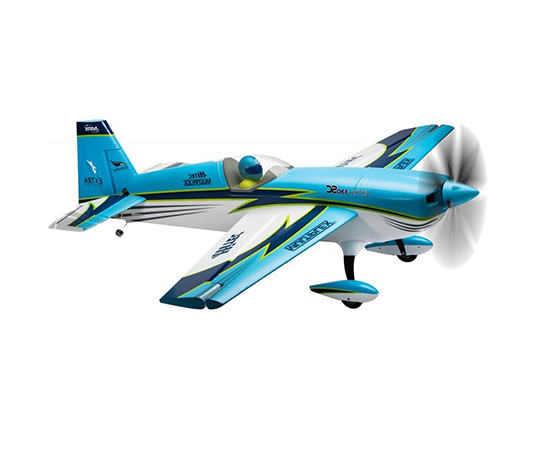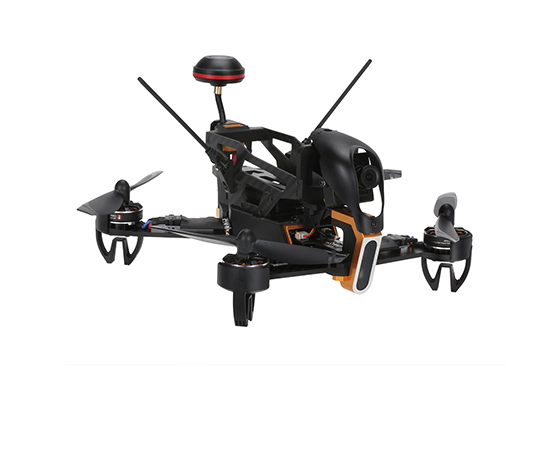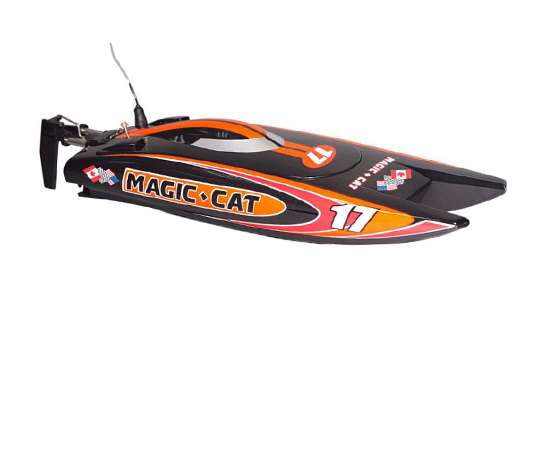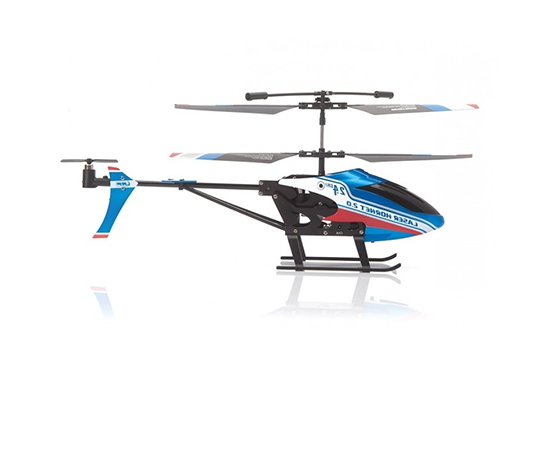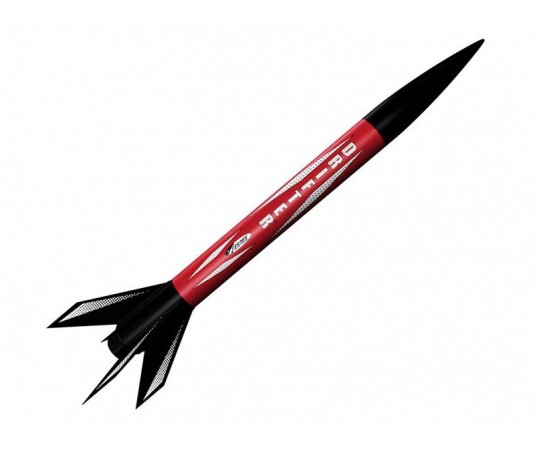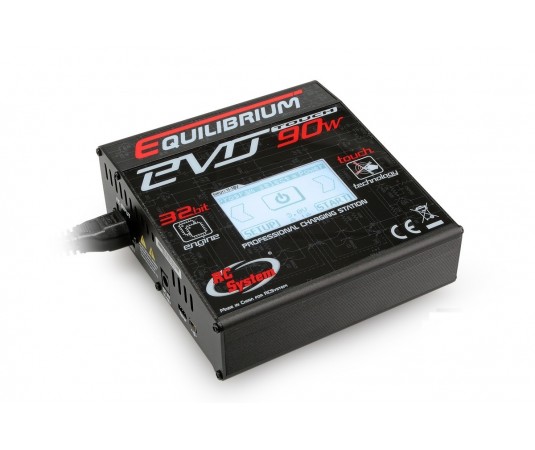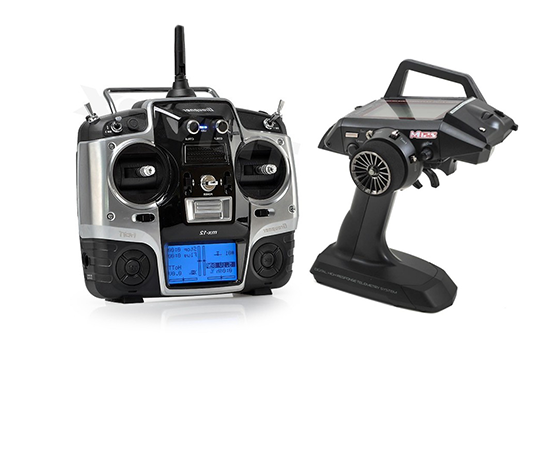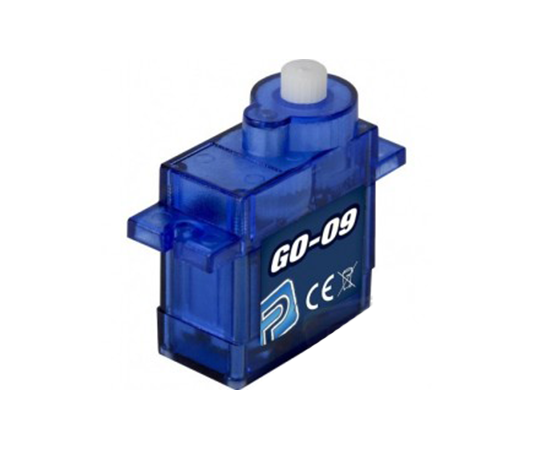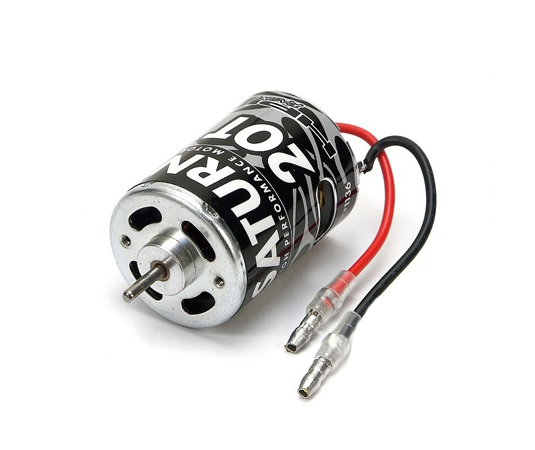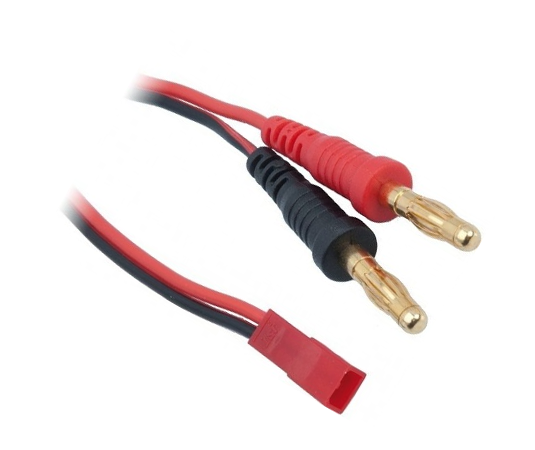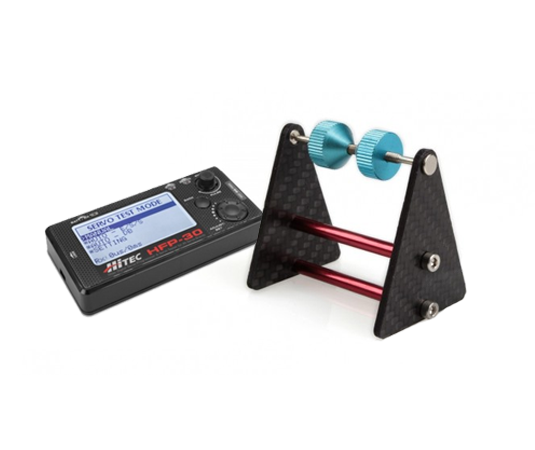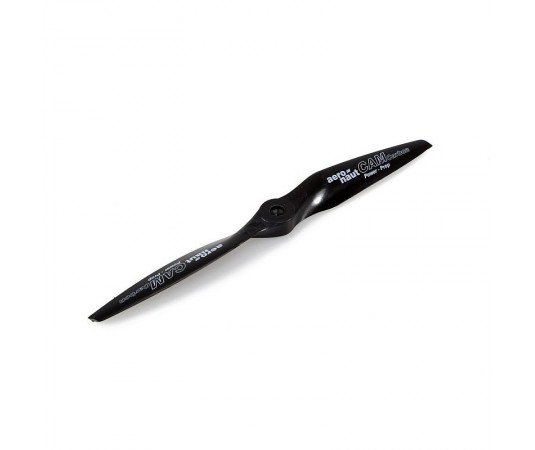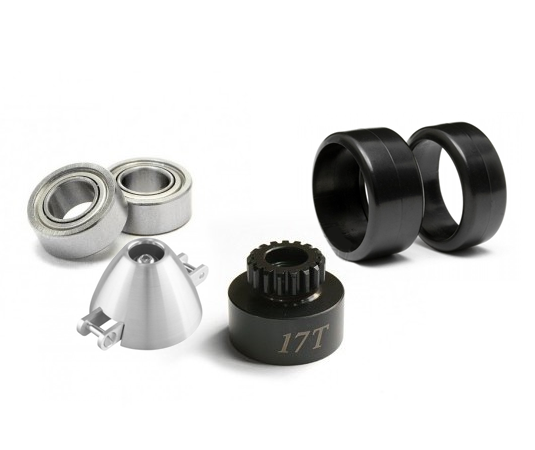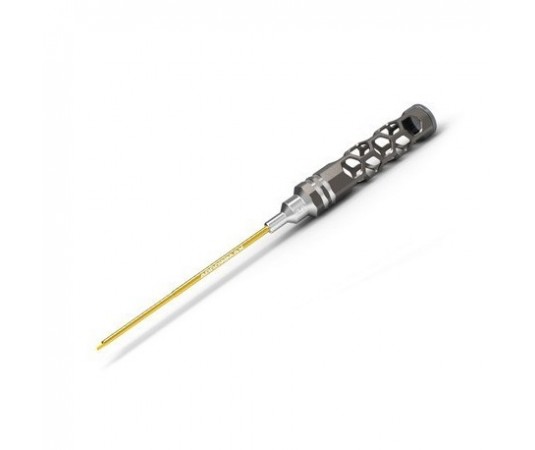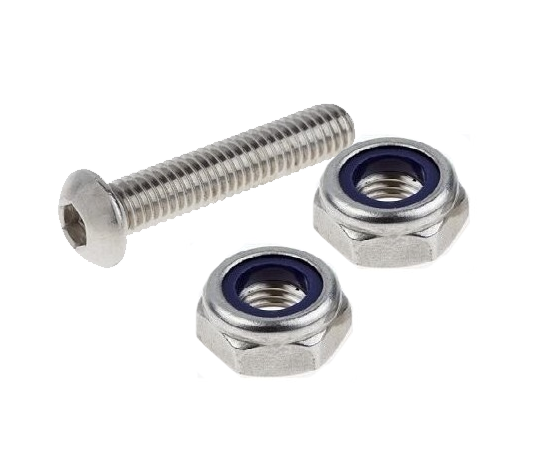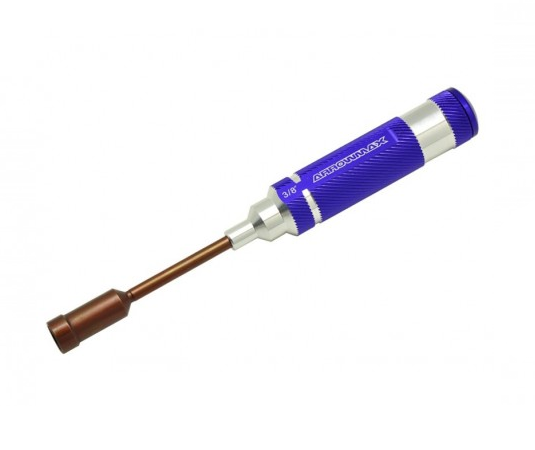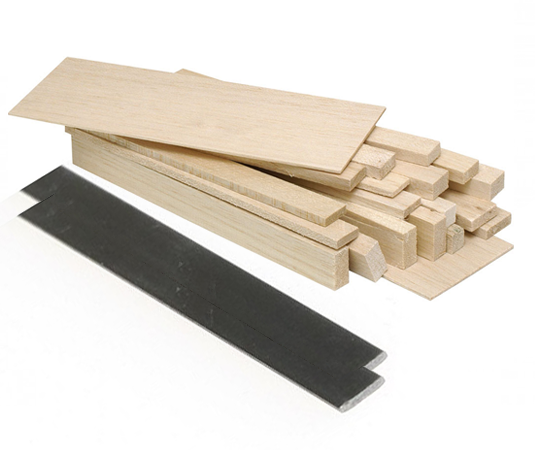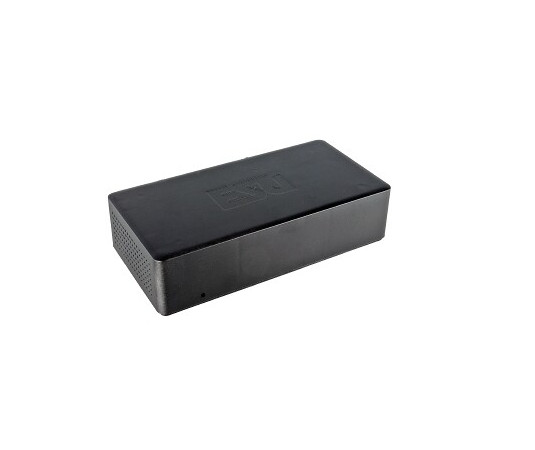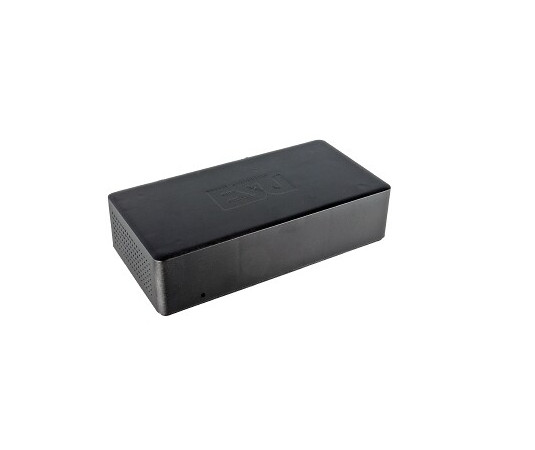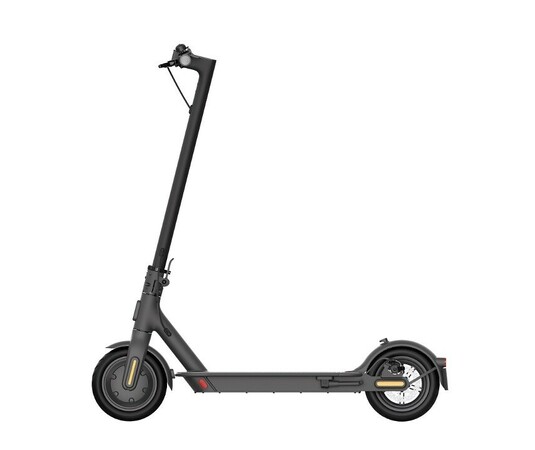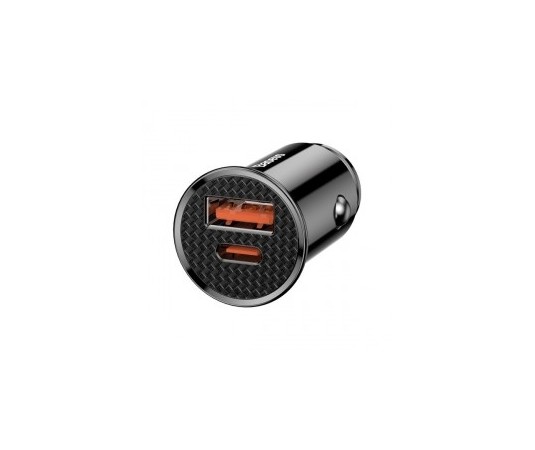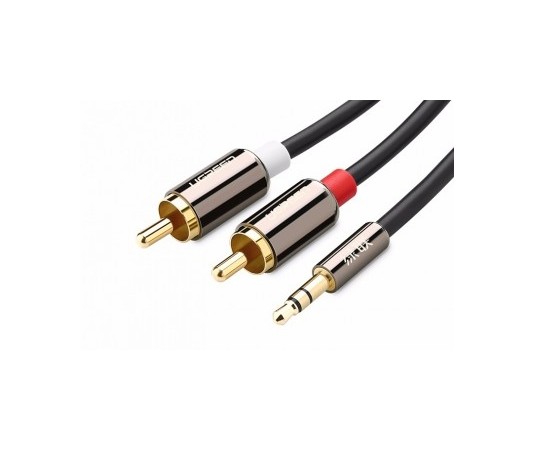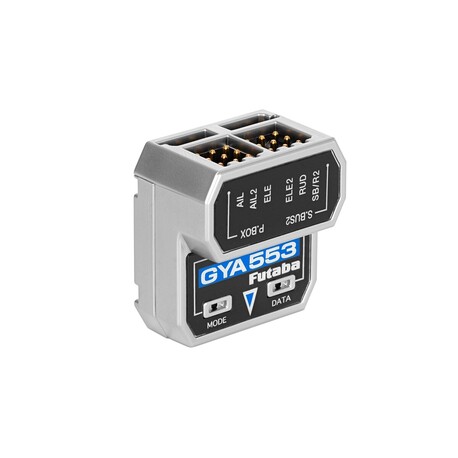Futaba GYA553 three-axis gyro for aircraft

Express delivery

Large selection of carriers

Satisfaction guarantee
GYA553 is a light programmable 6-axis stabilization system (integrated 3-axis MEMS gyroscopic sensor + 3-axis accelerometer) for control and stabilization of aircraft models powered by internal combustion engine and electric motor with the possibility of remote gain control in 3 axes and switching operating modes using a transmitter. It allows setting a number of parameters with the help of buttons and LEDs on the gyro or with the help of the GPB-1 programmer (with the latest firmware version). It connects to the receiver via the S.BUS2 port; in addition to PWM outputs for classic servos, it also offers an S.BUS output port with up to 18 channels. The GYA553 supports ailerons, elevator or rudder controlled by a pair of servos and offers mixes for gliders and butterfly tail surfaces. Gyro activity is indicated by an LED indicator.
Three operating modes (switched by remote gain control: signal -130% ~ -50% Normal mode, -50% ~ + 50% gyro off, + 50% ~ + 130% AVCS mode)
- Normal - Mode of operation of the classic gyro; the gyro suppresses the unwanted deviation only until the movement in the stabilized axis stops. Gyro thus dampens the unwanted deviation, but does not detect that the model in the stabilized axis returns to its original position.
- AVCS (Heading Hold ) - In AVCS mode, the gyro not only stops unwanted movement in the stabilized axis, but is able to return the model to its original direction, so stabilizing the model is much more effective.
- Gyro off - Stabilization is off, only you control the model in the given axis.
Both stabilization modes can have their advantages in different flight modes and piloting styles; thanks to the possibility of remote switching, you have the option of selecting the optimal operating mode with the optimal gain value individually for each flight mode.
Rescue mode (activated by a switch in a special channel)
When the GYA553 rescue mode switch is turned on, it puts the model into level flight. Thanks to this, it is possible to get out of a dangerous situation if, for example, you lose track of the orientation of the model in space. Rescue, of course, has its limits given by the laws of physics - for example, when dragged at a low height above the ground will almost certainly not help.
Remote profit control
Using the three channels of the RC remote gain control kit, the gyro gain can be adjusted with the help of a transmitter independently in all three axes. You can have the optimal gyro operating mode programmed on the transmitter for each model flight mode with the optimal gain value for each axis.
Programmable parameters - general settings
- Mounting Orientation - Selects the orientation in which the GYA553 is mounted in the model (normal position, upside down, left or right side).
- Servo type - Selects the type of servos used (for digital servos the output signal has a repetition frequency of 285 Hz, for analog 70 Hz).
- Wing / tail type - Normal model, self-wing with elevons, model with butterfly tail surfaces. Mixes for elevons or butterfly tail surfaces replace mixes in the transmitter that you leave off.
- SB / R2 Port Function - Selects the SB / R2 socket function; either PWM signal output for classic Servo Rudder 2, or S.BUS output with up to 18 channels (according to RC kit).
- Reset to factory default settings
Programmable parameters - settings for individual axes and outputs
- Gyro response sense - Determines the sense of gyro response in individual axes and outputs (aileron 1, aileron 2, elevator 1 ...).
- Neutral Offset - Adjusts the position of the neutral in each axis and output. It replaces the function of subtrimes on the transmitter, which must be left at zero. (When using the S.BUS servo, neutral can also be fine-tuned in the servo settings.)
- Limit setting - Sets the servo deflection limit independently of both sides from the center in the individual axes and outputs. This ensures that the servo and the steering mechanism of the rudder do not go beyond the mechanical limits of the possible range of motion.
Connection to the receiver
The gyro is connected to the S.BUS2 serial output of the receiver with a single cable. At least a 10-channel RC kit is required to take full advantage of the GYA553's capabilities. Gyro is equipped with PWM channel outputs enabling the connection of classic servos (2x ailerons, 2x elevator, 2x rudder - mirror-mounted installation of paired servos in the model is assumed), while the output for rudder 2 has an optional function - either PWM output for rudder 2 or serial S .BUS output with up to 18 channels (according to RC kit) enabling connection of S.BUS / S.BUS2 servos for channel controlled channels and for all others.
Compatible servos
Gyro can work with analog and digital servos (for 4.8 V and HV power supply up to 8.4 V). The servo type is selected programmatically (for digital servos the output signal has a repetition frequency of 285 Hz, for analogue 70 Hz).
Updatable firmware
If a new version is available, the GYA553 firmware can be updated via the Futaba CIU-3 or CIU-2 USB interface.
The gyro set contains: gyro GYA553, double-sided foam adhesive tape for fixing the gyro, connecting cable, operating instructions.
| Power supply [V] | 3.8 - 8.4 |
| Consumption without servos [mA] | 27 |
| Length [mm] | 28 |
| Width [mm] | 26 |
| Height [mm] | 16 |
| Weight [g] | 8.5 |




